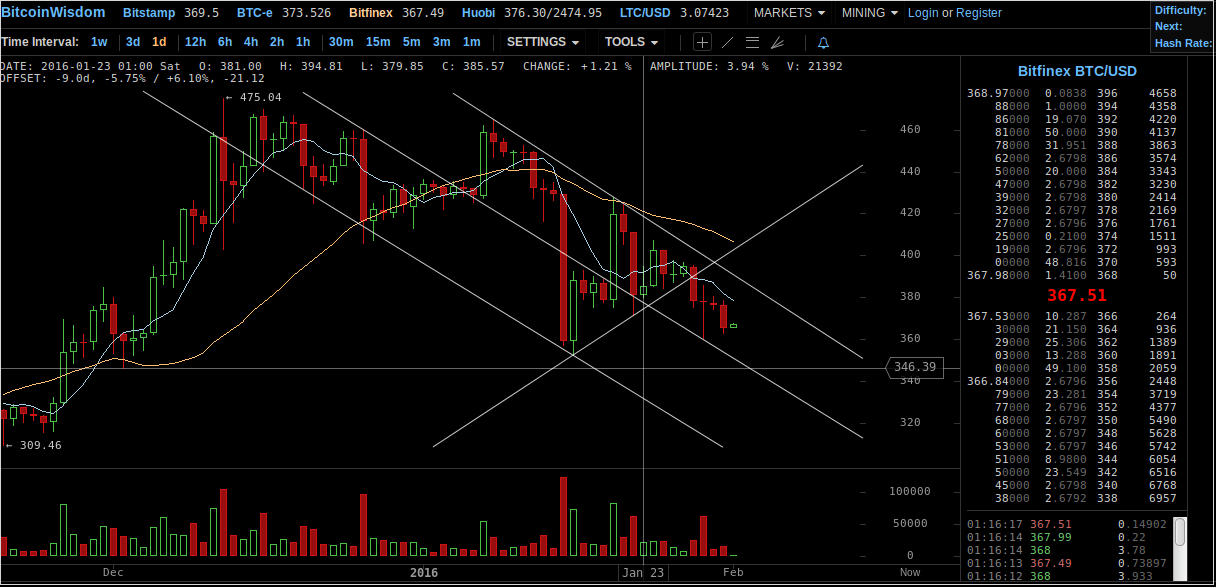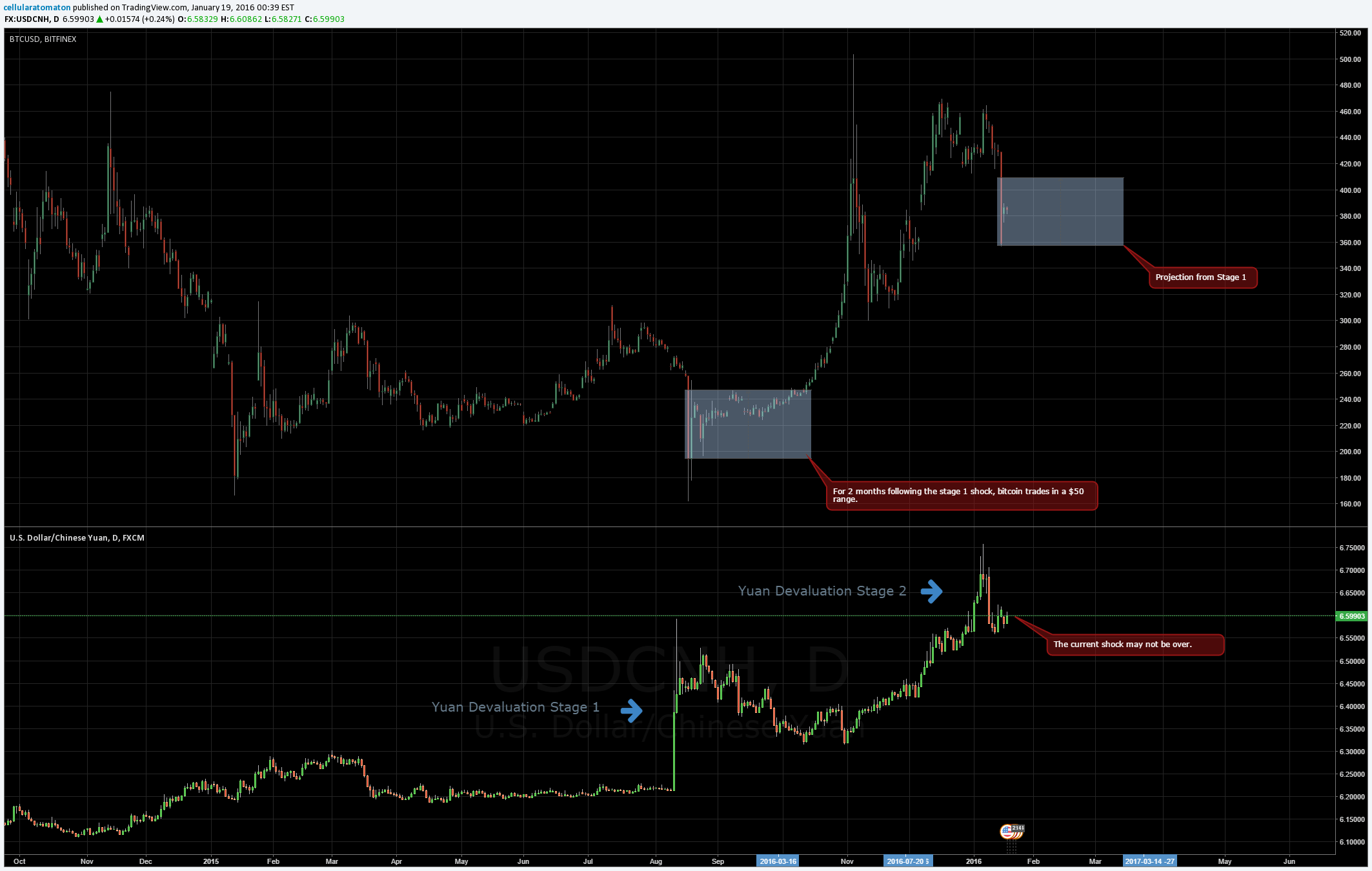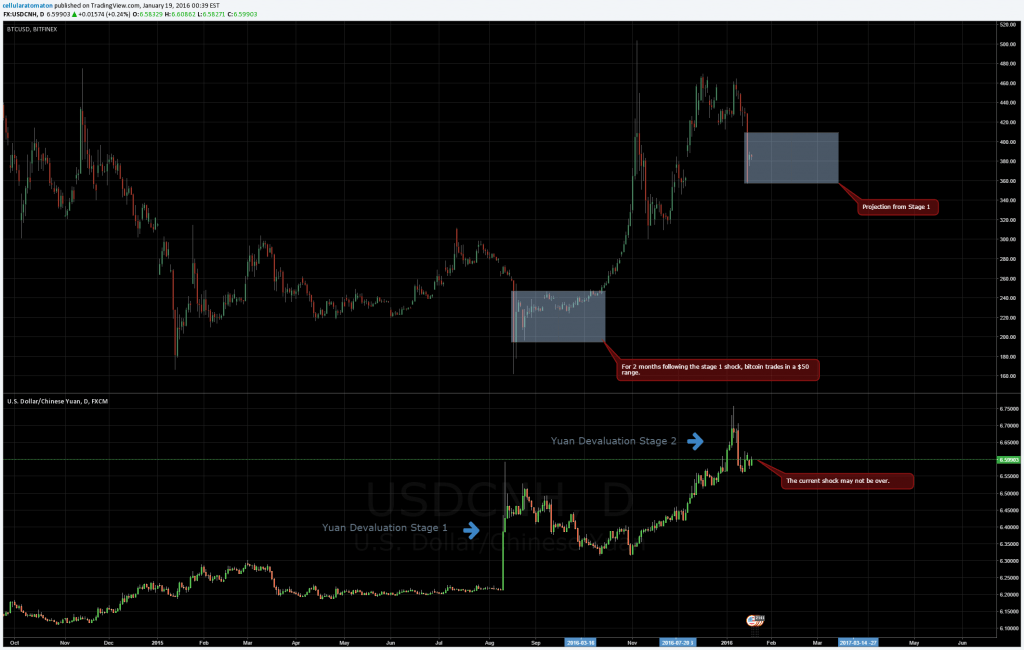Svetoví politici a byrokrati mali plné ruky práce s digitálnymi menami v ostatných dňoch. Najskôr Medzinárodný menový fond zverejnil minulý týždeň papier s názvom “Virtual Currencies and Beyond” v pondelok zasadal Výbor Európskeho parlamentu pre ekonomické a monetárne záležitosti a téma sa týkala toho istého – “virtuálnych” mien (slovo virtuálne používajú schválne, pretože znie oveľa menej dôveryhodnejšie ako digitálne alebo krypto). So svojimi príspevkami točiacimi sa najmä okolo regulácie vystúpili zástupcovia EP, EK, OECD, akademickej sféry a združenia a spoločnosti pôsobiace v tejto oblasti, pričom iba poslední menovaní mali naozaj vedomosti o bitcoine.
Celkový tón jednotlivých príspevkov sa niesol v znamení nevedomosti, útržkovitých informácií papagájujúcich hrozby zločinu až po fundované a reálne informácie v poradí byrokrati – akadémia – združenia a firmy.
“Virtuálne meny v skutočnosti nechránia spotrebiteľa a tiež existujú riziká pokiaľ ide o stabilitu platforiem, cenovú volatilitu a tradičné kybernetické hrozby ako krádeže, hakerské útoky a straty. Všetky tieto riziká treba riešiť a my ako regulátori budeme sledovať ako sa vyvíjajú,” Olivier Salles z Európskej komisie nenecháva nikoho z prítomných na pochybách, akú agendu chce riešiť.

Zástupca OECD prirovnal digitálne meny ako uchovávateľa hodnoty k vernostným programom leteckých spoločností. “Existencia neštátneho uchovávateľa hodnoty nie je nič nové. Jedným z najnovších je ‘Frequent Flyer Miles’, no je mnoho ďalších príkladov. Jeden z podstatných rozdielov medzi FFM a virtuálnymi menami (VM)je ľahkosť s akou možno VM premeniť naspäť na zákonné platidlo, hlavne ale nielen prostredníctvom zmenární a obchodných platforiem. Iné spôsoby takejto konverzie môžu vzniknúť v budúcnosti, no nevieme v súčasnosti povedať, ktoré to budú. VM predstavujú alternatívu voči hotovosti a iným štátom vydávaným menám a ich celková hodnota je podstatne menšia.”
Ďalej tiež zdôraznil prínos VM pokiaľ ide o nízke transakčné náklady a okamžité platby. “Je dôležité, aby štáty a zákonodarcovia umožnili také meny, no spôsobom, ktorý by dodal dôveru a životaschopnosť do budúcnosti, bez preferovania jednej meny voči inej.” Taktiež poukázal na skutočnosť, že “hotovosť je oveľa viac anonymnejším prostriedkom pri prenose hodnoty a VM sú verejné, čo umožňuje ich transakčnú analýzu. Ak vynucovatelia zákonov identifikujú adresu a účastníka transakcie, majú účinný mechanizmus na sledovanie celej reťaze prenosu hodnoty. Takže argumenty proti používaniu VM sú podstatne slabšie ako argumenty proti hotovosti.”
Podľa Primavery De Filippi z Národného centra pre vedecký výskum na Univerzite v Paríži “skutočnou výzvou je prísť na to ako možno regulovať spôsobom, ktorý sa nedotkne prínosov pre spotrebiteľa. Blockchain môže znížiť náklady na zosúladenie s reguláciami vďaka špecifickým vlastnostiam ako multisignature a iným technickým mechanizmom ako napríklad proof of solvency. Blockchain možno v tomto zmysle považovať za regulačnú technológiu. Jedným z hlavných prínosov blockchain pre reguláciu je, že rieši problém ‘kto dozerá na dozorcu’, čo je bežný problém fiduciárnych inštitúcií.”
Jeremy Millar, partner spoločnosti Magister Advisors okrem iného vysvetľoval, prečo je sieť digitálnych mien sledovaná oveľa pozornejšie ako banky monitorujú hotovostné depozity. “Počiatočná interakcia bitcoinu s regulovaným fiat finančným systémom nastala v momente, keď sa prvé bitcoin spoločnosti snažili otvoriť účty v komerčných bankách ako inštitúcie prevádzajúce peniaze. Mnohé banky odmietli kvôli nutnosti plnenia vlastných KYC a AML nariadení. Výsledkom toho bolo, že vo veľkých spoločnostiach dnes nájdete aj 40% personálu zabezpečujúceho súlad s reguláciami.” Zaujímavejším bol vznik softvérových produktov, ktoré skúmajú podozrivú aktivitu bitcoinovej blockchain a monitorujú nedovolené transakcie na ‘temnom internete’. To je ďaleko viac ako sú možnosti bánk dnes monitorovať hotovostné depozity.”
Thaer Sabri, riaditeľ Asociácie elektronických peňazí na príklade kenskej spoločnosti M-pesa ilustroval, ako žiadna alebo mierna regulácia môže pomôcť firmám. “Určite ste už počuli o M-pesa, ktorá je veľmi úspešná v Keni. Úspech tejto firmy bolo veľmi ťažké napodobniť, preto teraz nepočujete o jej nasledovníkovi alebo väčšom konkurentovi. V počiatočnom štádiu neexistovala žiadna regulácia, firma prosperovala v prostredí nízkej regulácie a väčšia prišla až neskôr. Tým nechcem povedať, že regulácia nemá opodstatnenie, má. Iba sa musí pripraviť citlivo vzhľadom na vývoj biznis modelu a trhu.”
Siân Jones, zakladateľka Európskeho fóra pre digitálnu menu a blockchain technológiu, sa zamerala na vyvracanie mýtu o používaní digitálnych mien na účely prania peňazí. “Tieto vyhlásenia sú hrubo zveličované a neopodstatnené. Schopnosť sledovať minulé transakcie robí kryptomeny výsostne nevhodné na túto aktivitu. Najlepšie odhady globálneho prania peňazí podľa FATF sú na úrovni 1,6 bilióna USD alebo 0,7 % celosvetového HDP v roku 2009. Porovnajte toto číslo s celkovou dolárovou hodnotou kryptomien na úrovni 7 miliárd USD.
Podrobná analýza bitcoinovej blockchain nám umožňuje vyvodzovať, že virtuálne meny tvoria niečo menej ako 1/100 000 % celkového objemu prania peňazí. Podľa nedávnej správy Europolu falošné 500-eurové bankovky tvoria 30% z 1 bilióna eur bankoviek v obehu aj napriek tomu, že sa bežne nepoužívajú na platenie. Nie je preto pritiahnuté za vlasy konštatovanie, že euro je najmenej 92 krát viac pravdepodobnejšie používané pri praní peňazí ako virtuálne meny.”
Toto odznelo v jednotlivých príspevkoch rečníkov, nasledovala diskusia s europoslancami, kde síce mohlo zaznieť veľa vtipno-tragi-komického, no táto časť už nebola našim predmetom záujmu. Ešte treba dodať, že závery z tejto debaty nie sú nijakým spôsobom určujúce a neznamenajú, že EÚ víta kryptomeny s otvorenou náručou. Keďže sa pripravuje nová finančno-regulačná legislatíva v dôsledku útokov v Paríži, možno očakávať ďalšie pokusy o spútanie digitálnych mien. Všetci však vieme, že nakoniec skončia rovnako ako tie doterajšie.
Foto- Flickr





